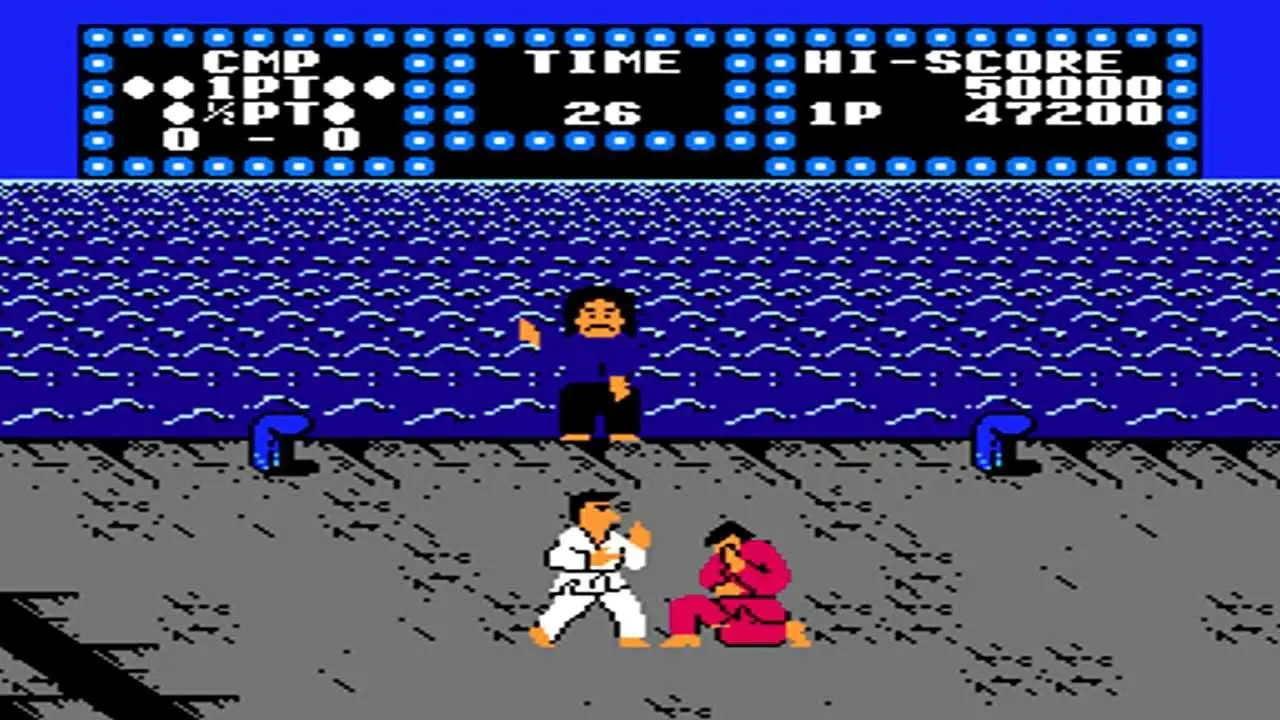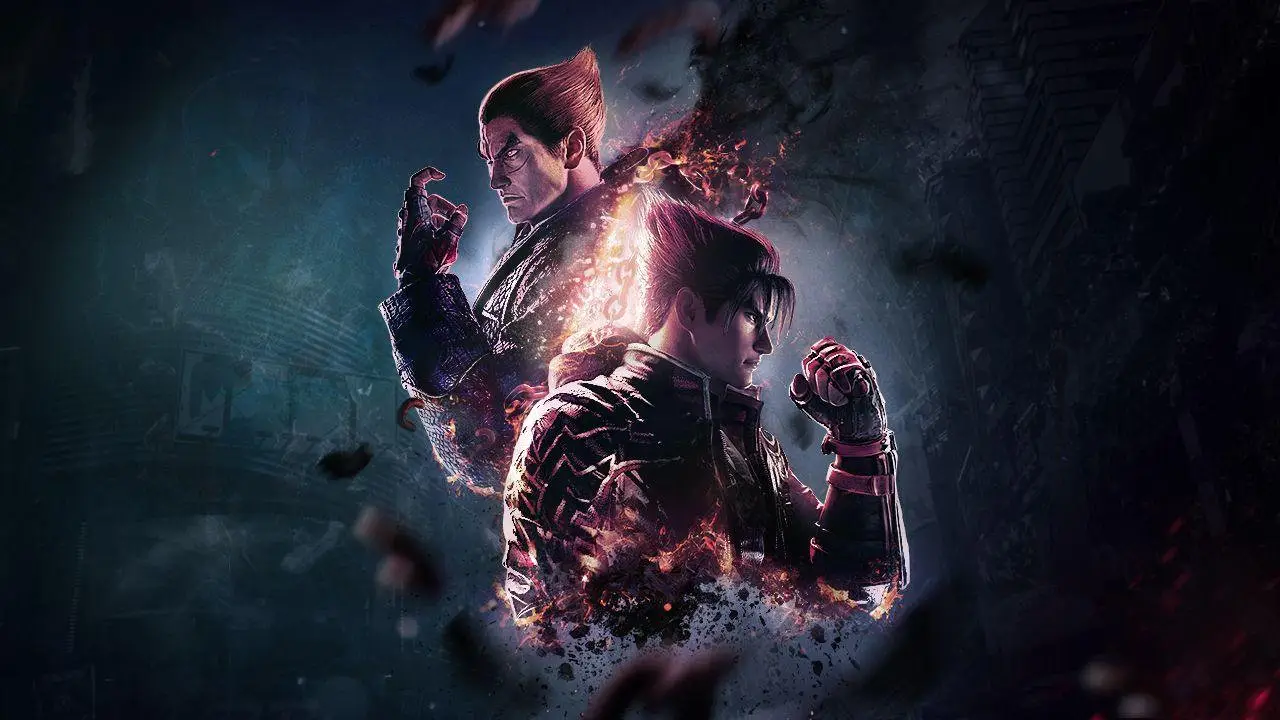Forget about the old rules. Street Fighter 6 not only continues the series but completely reimagines the fighting genre, and our review will be dedicated to it. We will examine how Capcom has thought through every detail — from smooth animation to deep strategic mechanics that allow you to change your fighting style on the fly. This game not only updates the formula, it erases old boundaries and sets a new standard, turning every match into a true tactical puzzle.
Gameplay: Control Over Chaos
The new Drive system has a decisive influence. It regulates the use of strikes, blocks, grabs, and even super moves, forming the core of the combat mechanics. Street Fighter 6 gameplay now resembles blitz chess: resources are limited, the cost of mistakes is high, and reactions must be instantaneous.

Capcom has introduced the Drive gauge instead of outdated ultimates. Now, aggression and defense consume the same resource. Players are not punished for passivity — they are drained for excessive initiative. This structure motivates adaptation, not repetition.
Review of New Mechanics in Street Fighter 6
The new mechanics in Street Fighter 6 are built around six options for using the Drive gauge. Each one adds choice: Drive Impact breaks through defense and activates a wall bounce, Drive Parry disrupts the attacker’s rhythm, Drive Reversal neutralizes pressure. This set enhances individual style rather than boxing players into meta combos.
Players control initiative, resources, and distance. An archetype emerges based not only on the character but also on the mechanics used. Zoners with projectiles return, mobility increases, hybrid fighters appear, adjusting tempo in real-time.
World Tour Mode: RPG Where You Least Expect It
The single-player World Tour mode in Street Fighter 6 does not copy Yakuza or Shenmue. It uses a familiar form but fills it with new features. A custom character trains with masters, mimics their combos, and learns techniques like spells in an RPG. Each battle adds XP and currency. Game design bridges the gap between hardcore and newcomers without sacrificing depth.
Adventure elements are seamlessly integrated: dialogues, missions, side battles. Strikes can be used not only in the ring but also in the street environment — as a means of interacting with the surroundings. This is not just fan service but an expansion of the game universe into a full-fledged mechanic.
60 FPS as the Standard of Combat Aesthetics
Street Fighter 6 graphics rely on the RE Engine, optimized for consoles and PC. Animations run at 60 frames per second without compromises, maintaining the clarity and rhythm of strikes. Facial expressions in combat reflect damage and emotions. The camera focuses on key moments, emphasizing the power of super moves and visual style.
The detail of costumes and backgrounds brings the game closer to an animated film. Bright visual accents do not hinder gameplay readability but instead highlight important actions. The color palette is stylized to graffiti and street art, enhancing the series’ urban identity.
Combo System: Flexibility Against Routine
In the sixth installment, game combos are freed from mandatory long sequences. Capcom has introduced automatic combos for beginners and command customization for experienced players. The system allows for adapting styles, lowering the entry threshold without losing depth.
Prior to writing the review for Street Fighter 6, we found that combo effectiveness now depends on smart gauge management and distance analysis. Combos with wall bounces, grabs, and projectiles only work in context. There are no more universal “winning” sequences. Challenge and creativity have emerged as the main motives of the new balance.
Damage and Balance Analysis
Damage is subject to precise analysis. When landing a blow, the game calculates not only the strength but also the opponent’s resource state. Balance is based on archetypes: attacker, defender, zoner, distance controller. Each character receives unique strengths and weaknesses that are compensated by specific numbers.
For example, Kimberli: fast but weak against zoners. Guile is the perfect counterpick thanks to projectiles but loses initiative in close combat.
The Street Fighter 6 review emphasizes that the balance here is not built on universality but on honest interdependence of styles and situations.
Data, Ratings, and Release: an Outsider’s View
The release took place on June 2, 2023. The Street Fighter franchise received 90/100 on Metacritic, 9/10 on IGN, and 87% positive reviews on Steam. Users note clear physics, low input lag, stable netcode, and thoughtful balance.
The console versions on PS5 and Xbox Series X/S run in 4K at 60 FPS. The PC version requires a minimum of GTX 1060, i5-7500, and 16 GB RAM. Even on medium configurations, a smooth framerate is achieved without lags.
Gamer Inventory
An arcade stick provides precision and the atmosphere of classic fights. A gamepad is a versatile option for consoles and PC. A keyboard allows flexible control customization.
On consoles, the game runs smoothly — minimal input lag and 60 FPS. PC offers advanced features: interface modifications, real-time frame data, and macros for precise execution.
Advantages of the New Generation
Street Fighter 6 not only improves the past — it builds a new fighting architecture from scratch. The advantages become evident when dissecting key systems that define the rhythm and depth of the game.
5 reasons why Street Fighter 6 operates at a new level:

- The versatile Drive system — replaces outdated supers, creating flexibility.
- World Tour mode — turns fighting into a full-fledged adventure.
- Optimization and graphics — RE Engine ensures stable 60 FPS.
- Accessibility — newcomers easily enter through Modern Control, while experienced players use Classic.
- Balance mechanics — damage depends on gauge state, not template calculation.
Each element works not in isolation but as part of a system. The game does not divide players into “casuals” and “pros” — it unites them on equal terms.
Street Fighter 6 Review: Conclusion
Capcom has preserved the spirit but completely reassembled the mechanics. Instead of a remake, it’s an engineering upgrade. Instead of trends, it’s the foundation of a new school. The game has set a benchmark, pushing Tekken 8 and Mortal Kombat 1 to rethink their own formulas.
 en
en  ru
ru  de
de  ar
ar  es
es  nl
nl  hi
hi  fr
fr  it
it  pt
pt  el
el 












